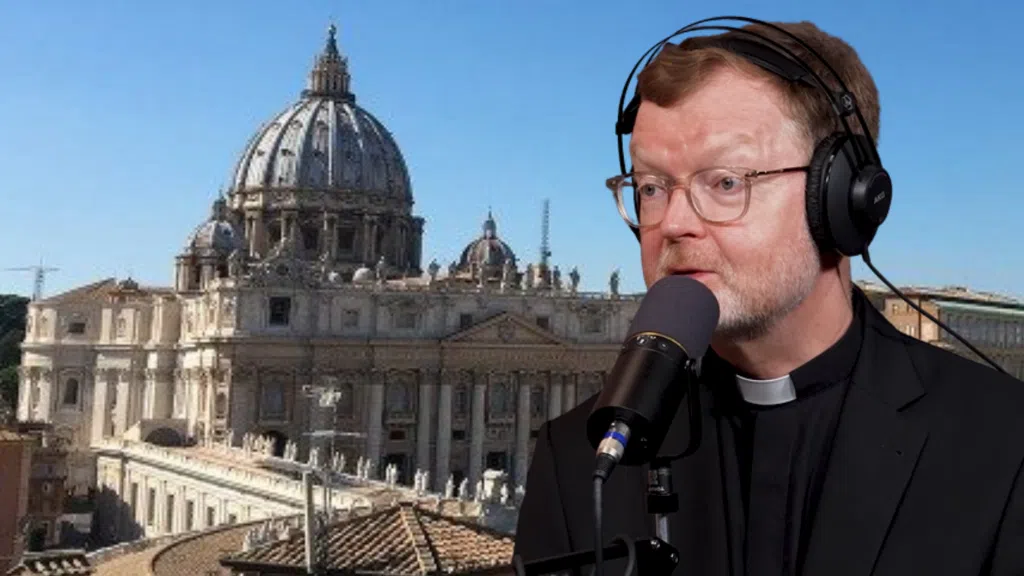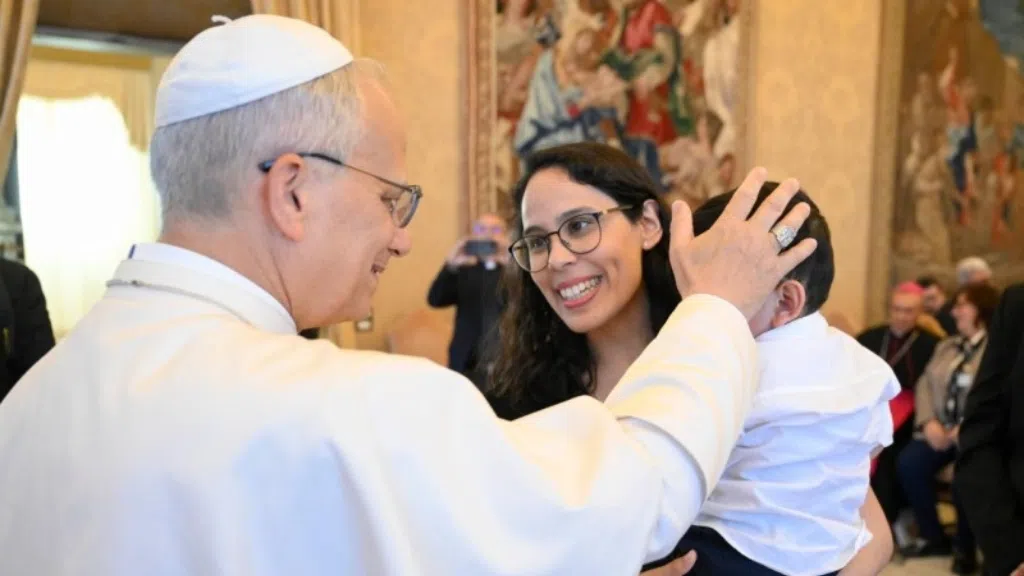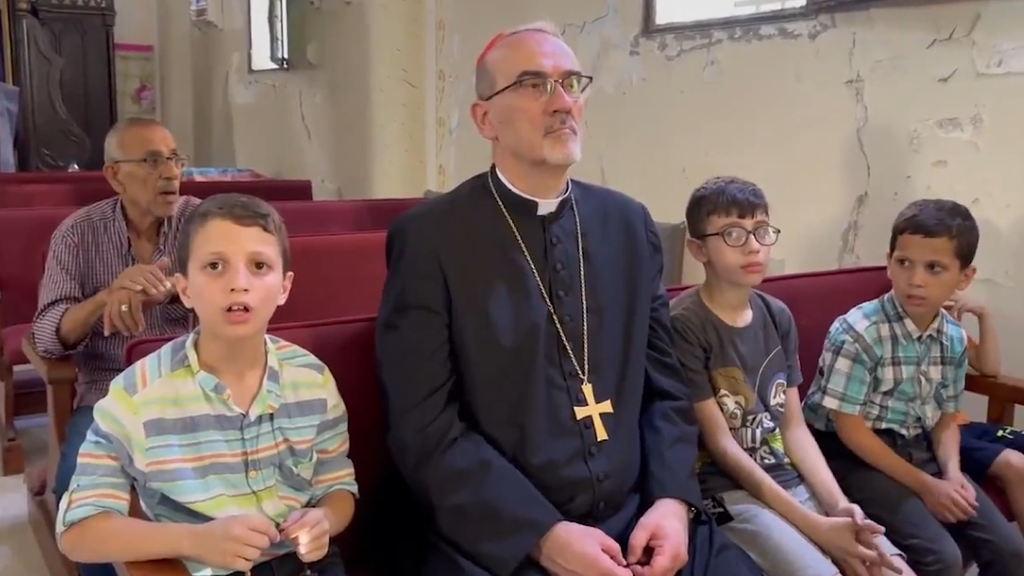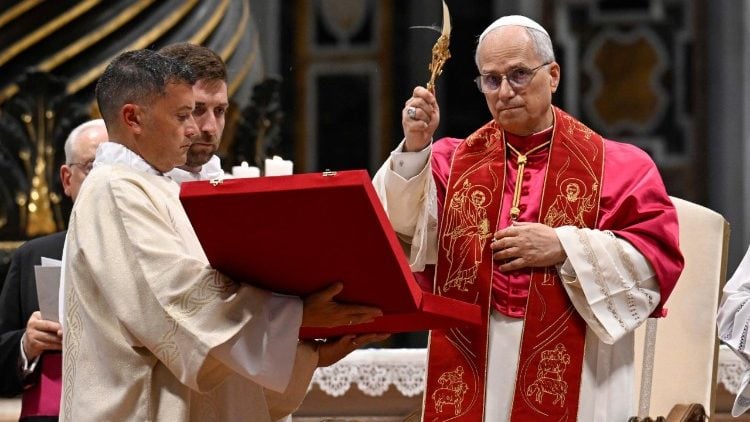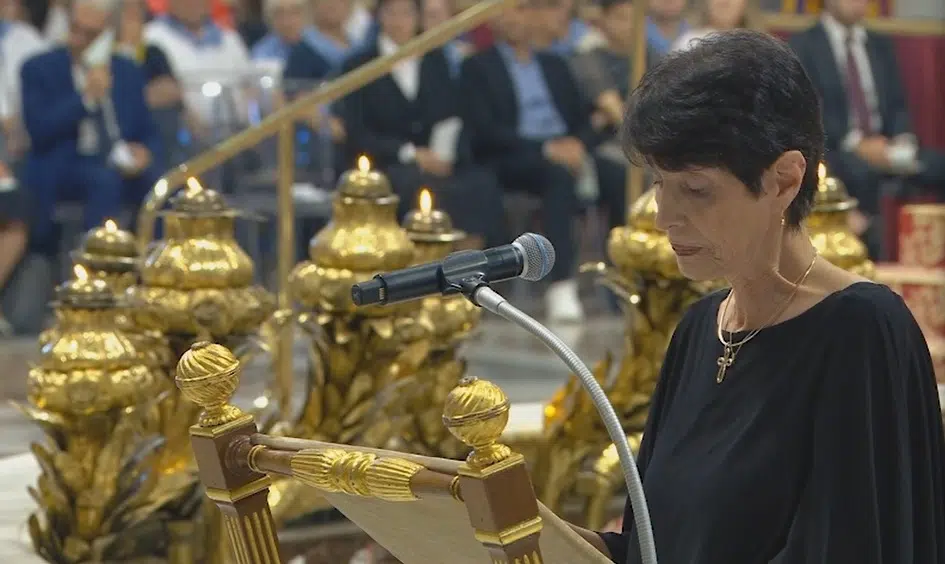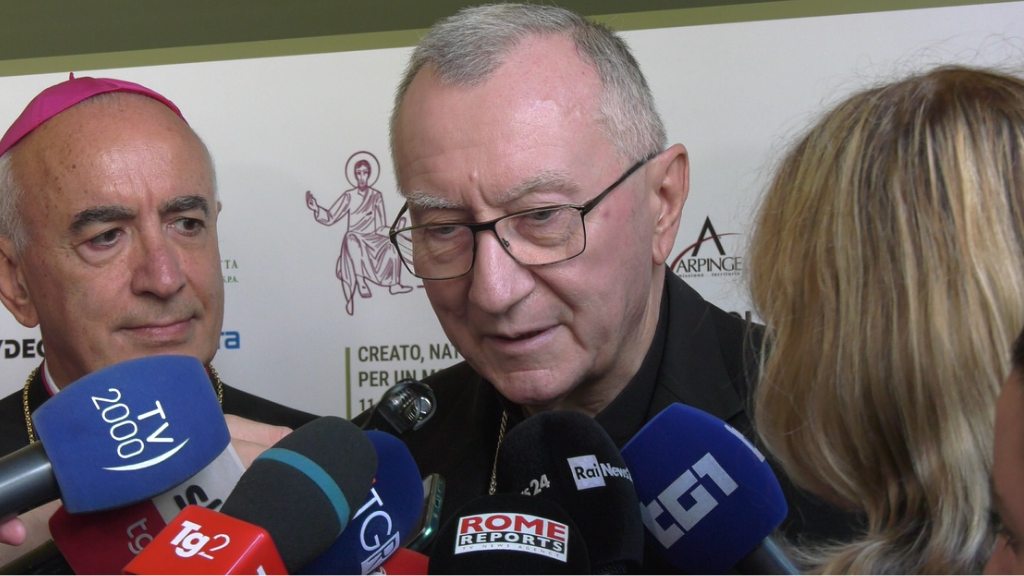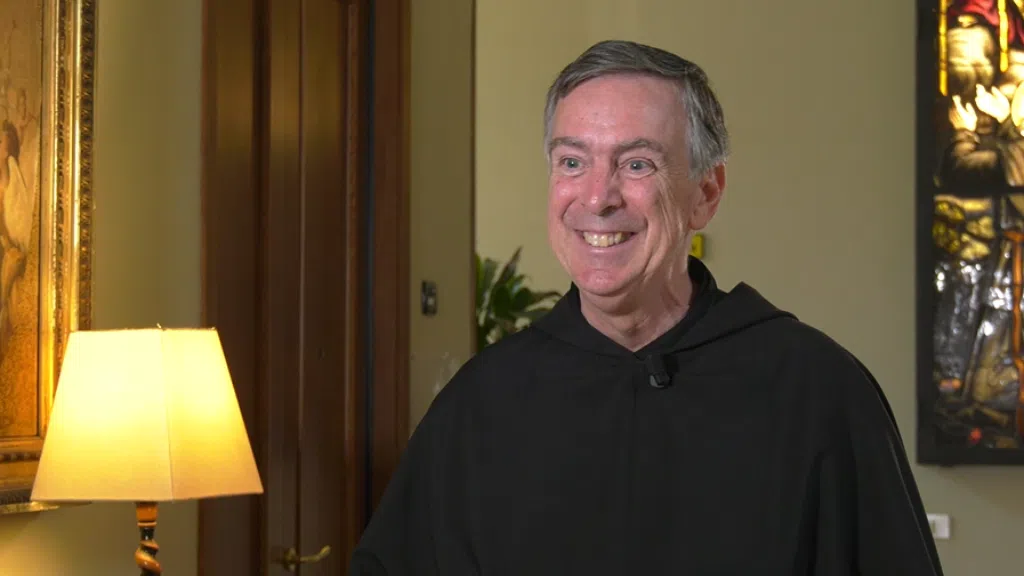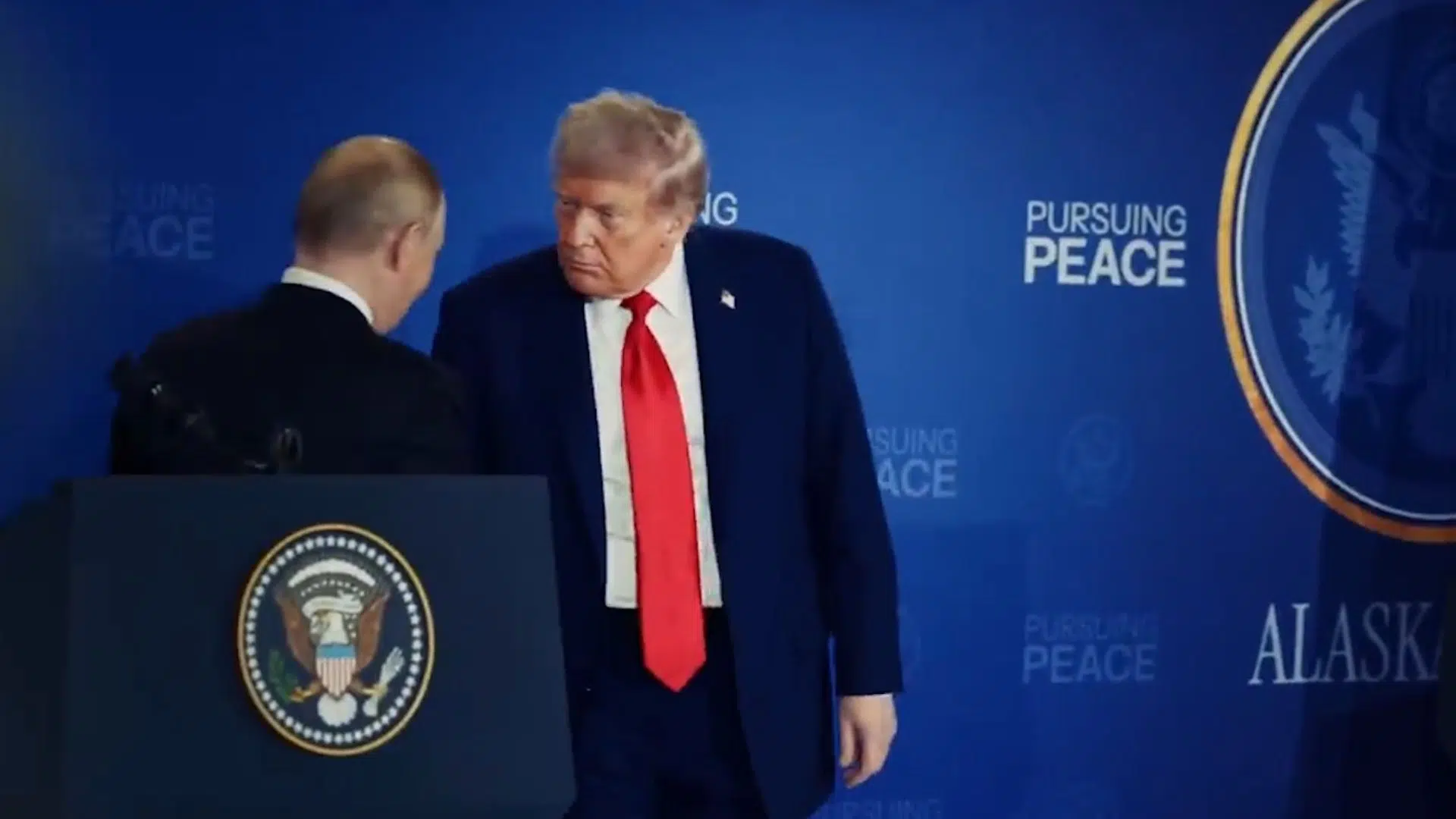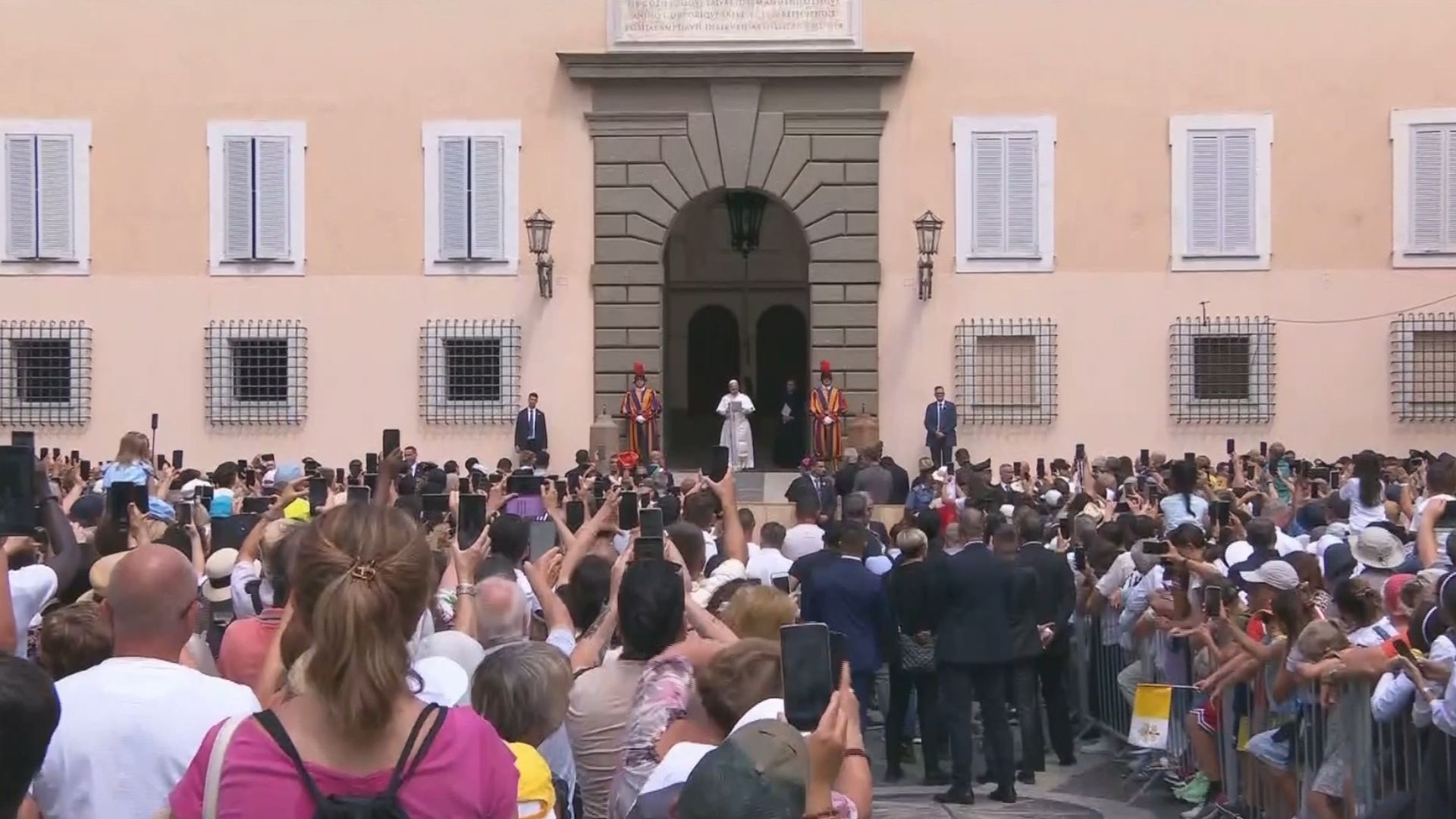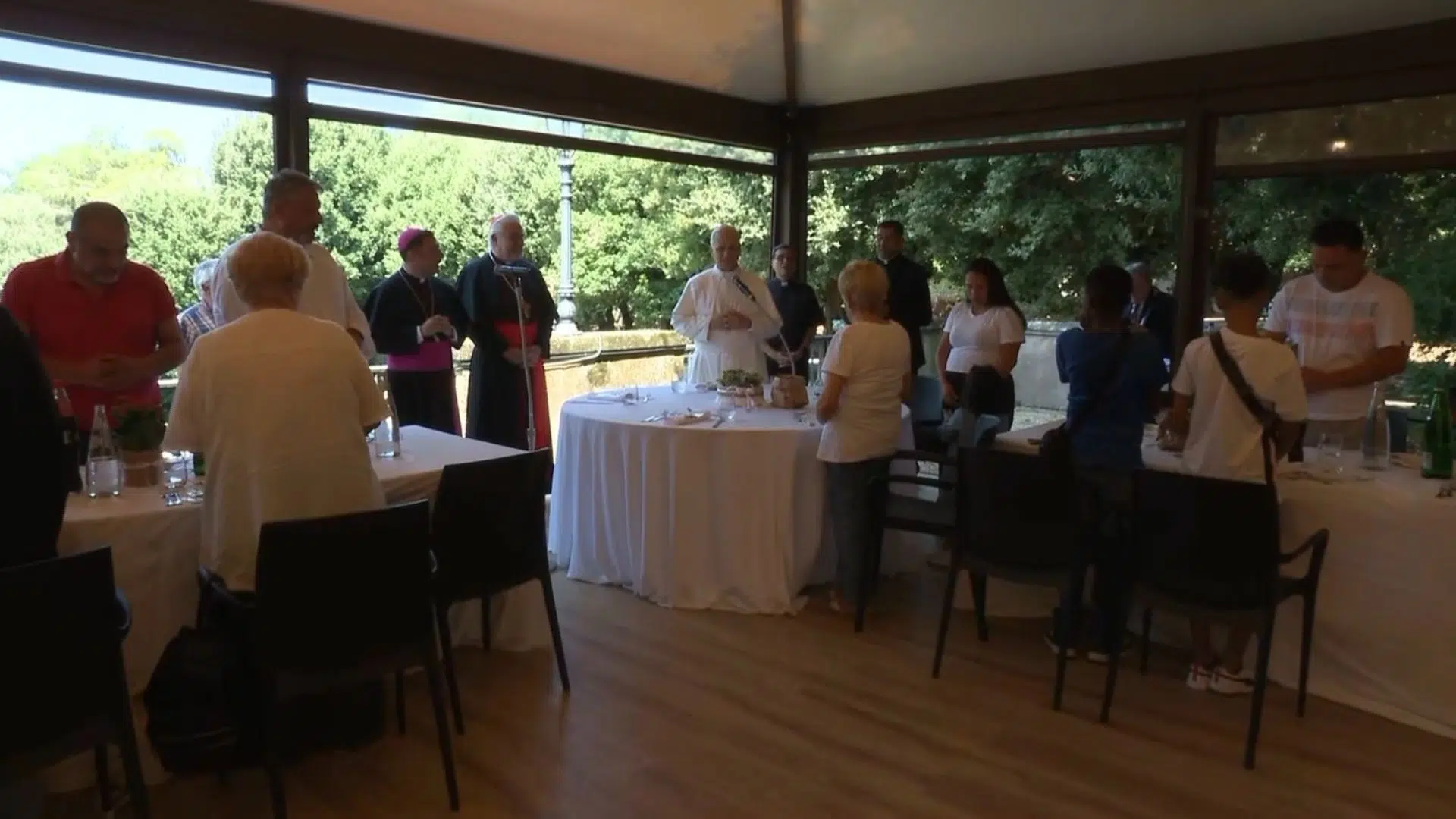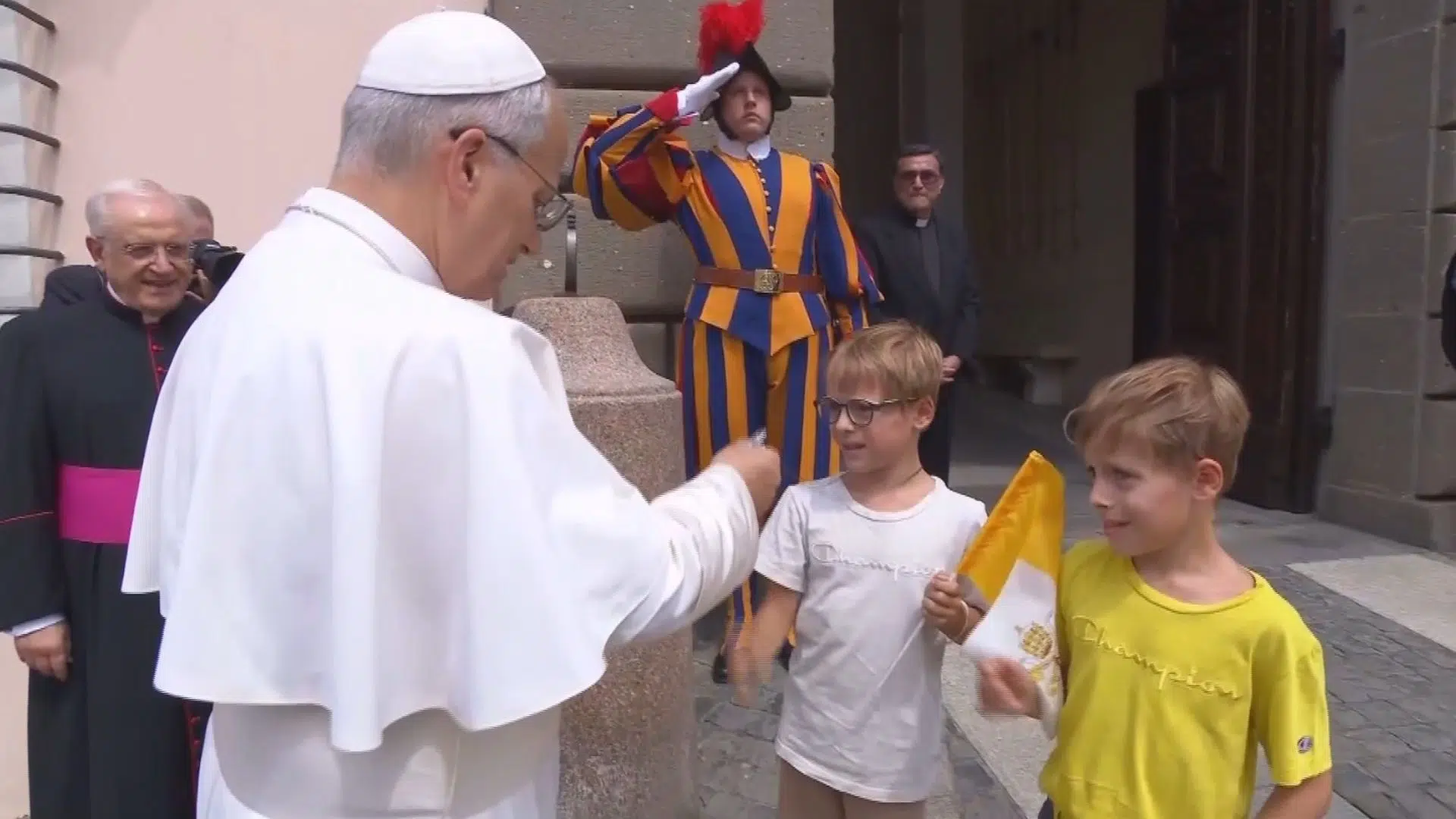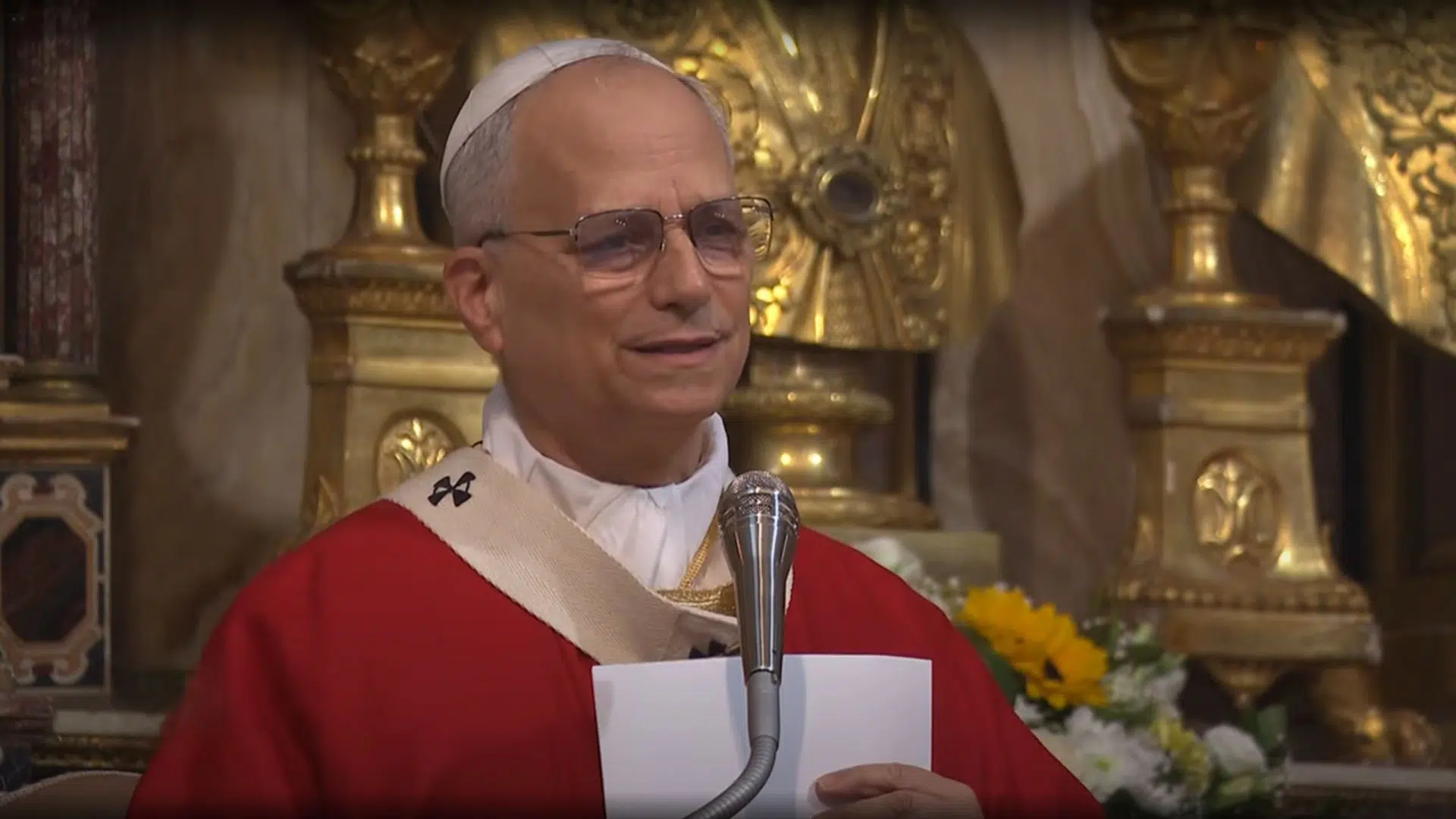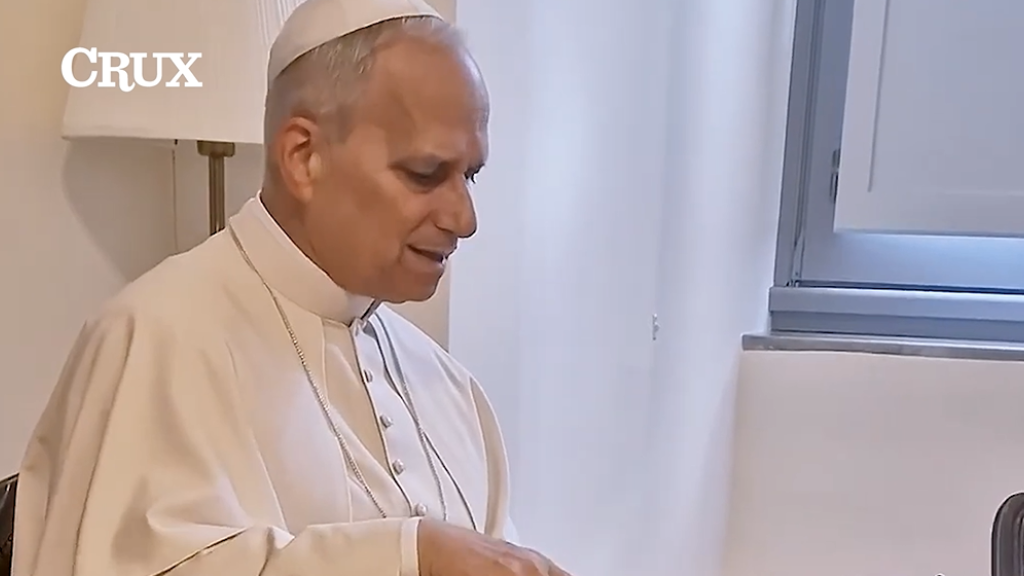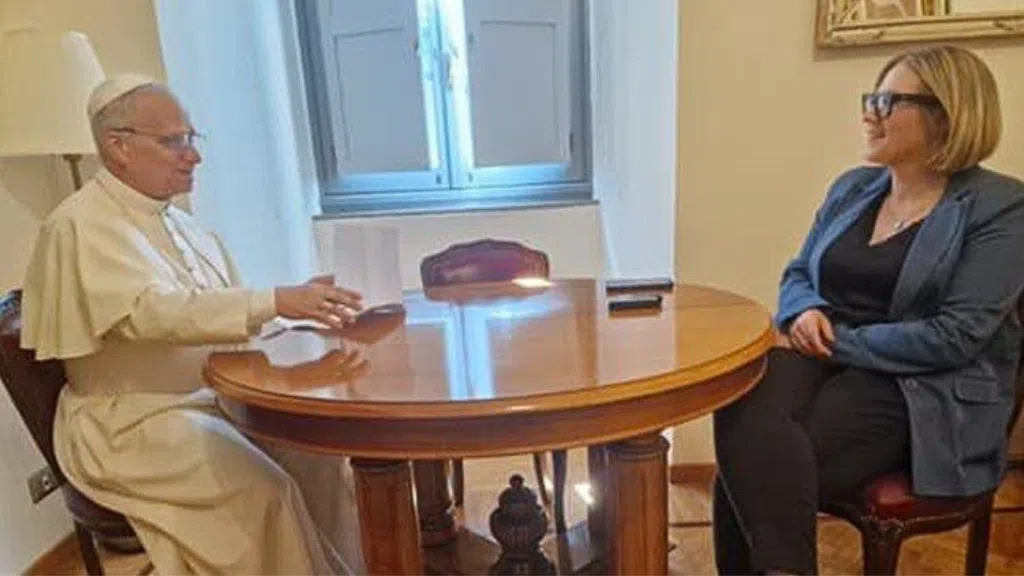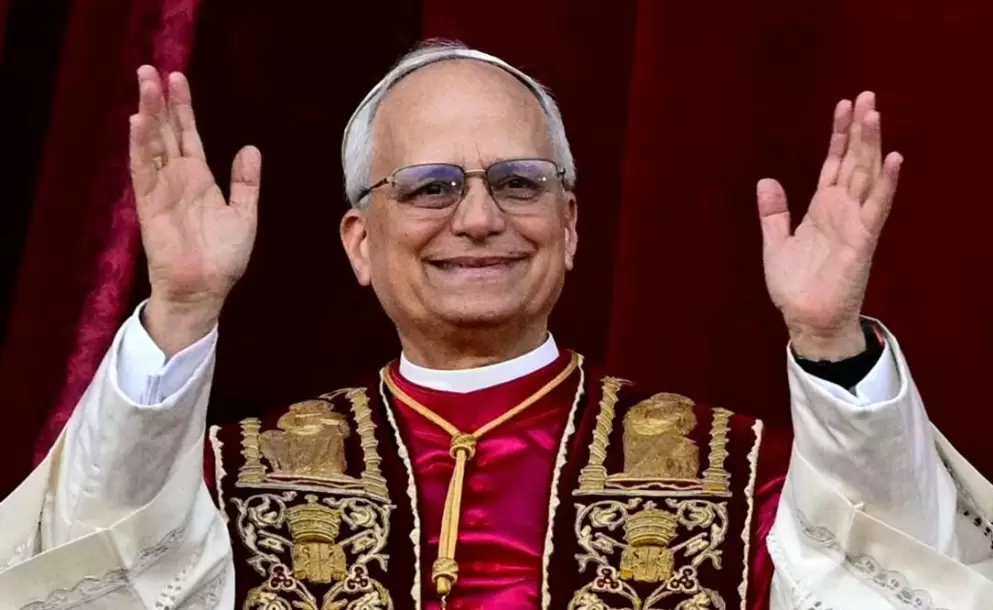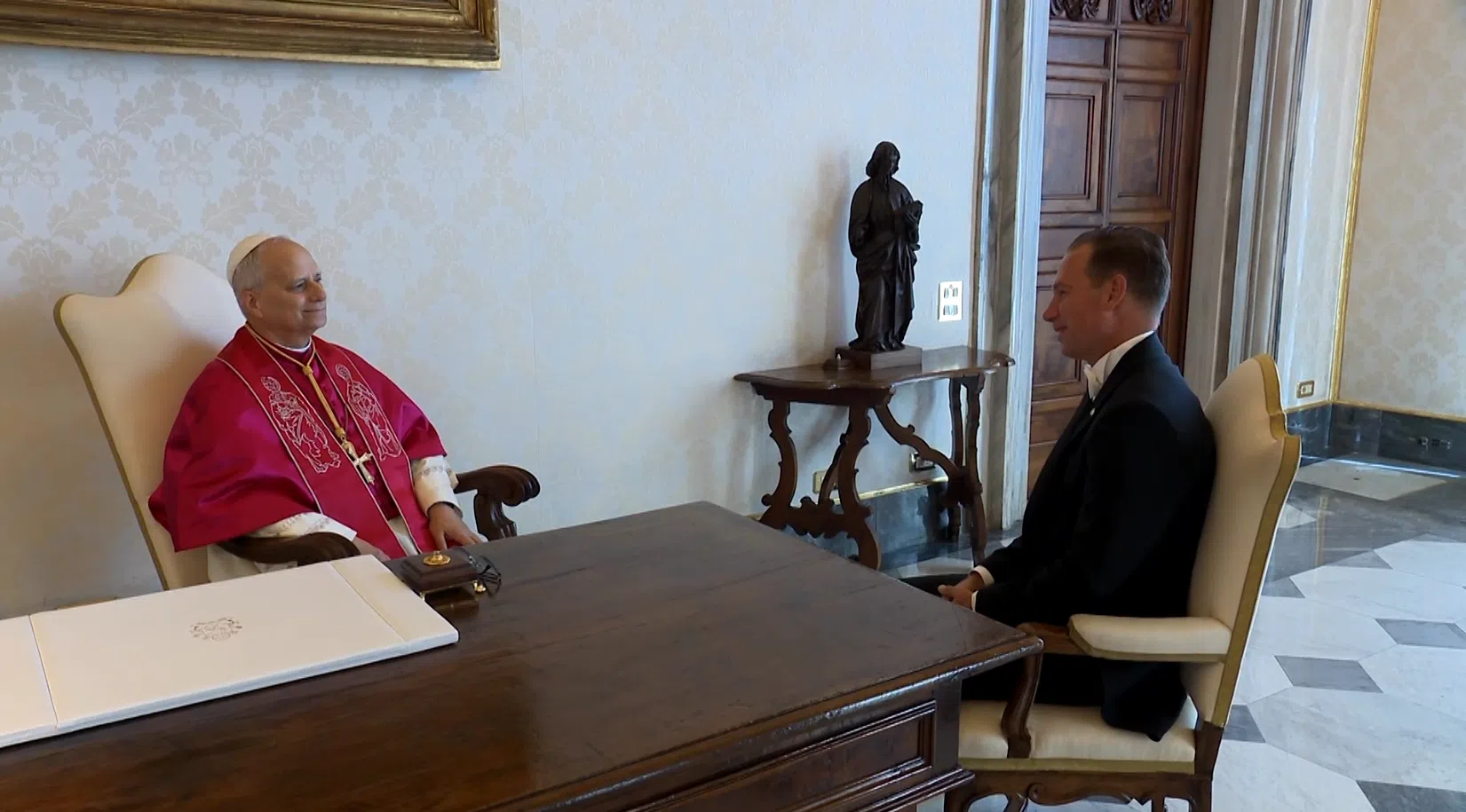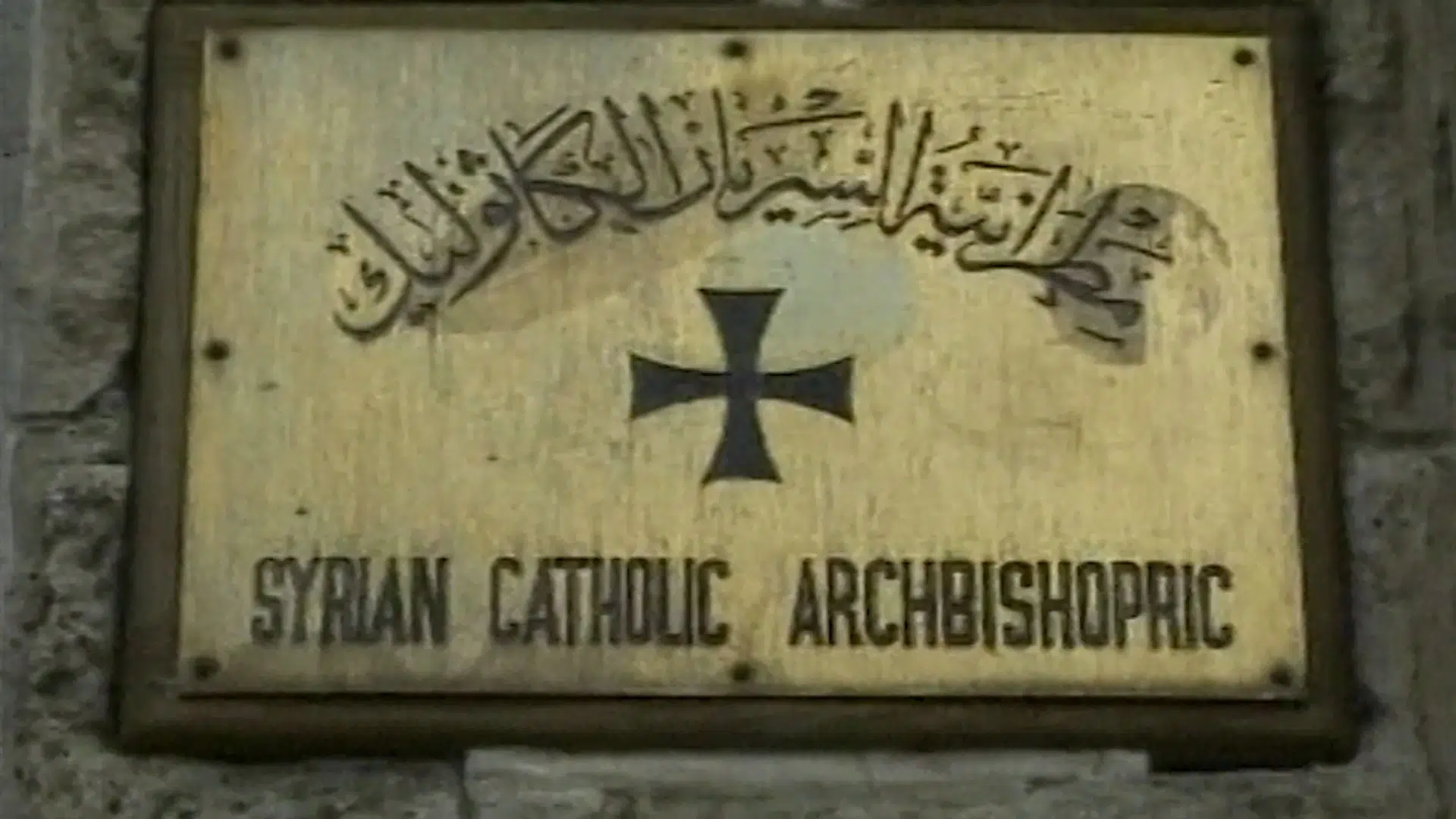The years following the Protestant Reformation were turbulent ones for the Catholic Church. Experts point out that among other effects, it sparked a strong wave of evangelizing efforts.
FRANCISCO JUAN MARTÍNEZ ROJAS
Spanish Institute of Church History
There was a strong missionary drive in two main geographical areas, we could say. On the one hand, to reestablish the Catholic faith in territories the Church had lost due to the Protestant Reformation—mainly in Central Europe and, to some extent, in the North. And then, the extra-European mission territories.
In Rome, a discreet but practical and determined figure stood out: the Spanish priest Juan Bautista Vives. He was one of the main driving forces behind the Congregation for the Propagation of the Faith, today known as the Dicastery for Evangelization, led by Filipino Cardinal Luis Antonio Tagle.
FRANCISCO JUAN MARTÍNEZ ROJAS
Spanish Institute of Church History
“He knew the world of the Curia very well. He knew its inner workings. He bought the palace of Cardinal Ferratini, which was located in Piazza della Trinità dei Monti, and proposed—since he knew him very well—to Pope Urban VIII (who succeeded Gregory XV in 1623), that a permanent college be founded there with 12 places, funded by income he had secured, for the formation of missionaries.”
This initiative became the seed of a key institution for missions coordinated by the Holy See.
Juan Bautista Vives is one of the lesser-known figures of the Roman Curia in the 16th and 17th centuries. Even the King of Congo asked him to serve as his ambassador to the Pope. To do so, he had to request permission from King Philip III of Spain, to whom he was subject.
He is one of the many figures who have laid the foundations of what is now the Vatican. His figure was highlighted at one of the conferences organized at the Spanish National Church in Rome to commemorate the 75th anniversary of its Study Center.
JRB
TR:CT

